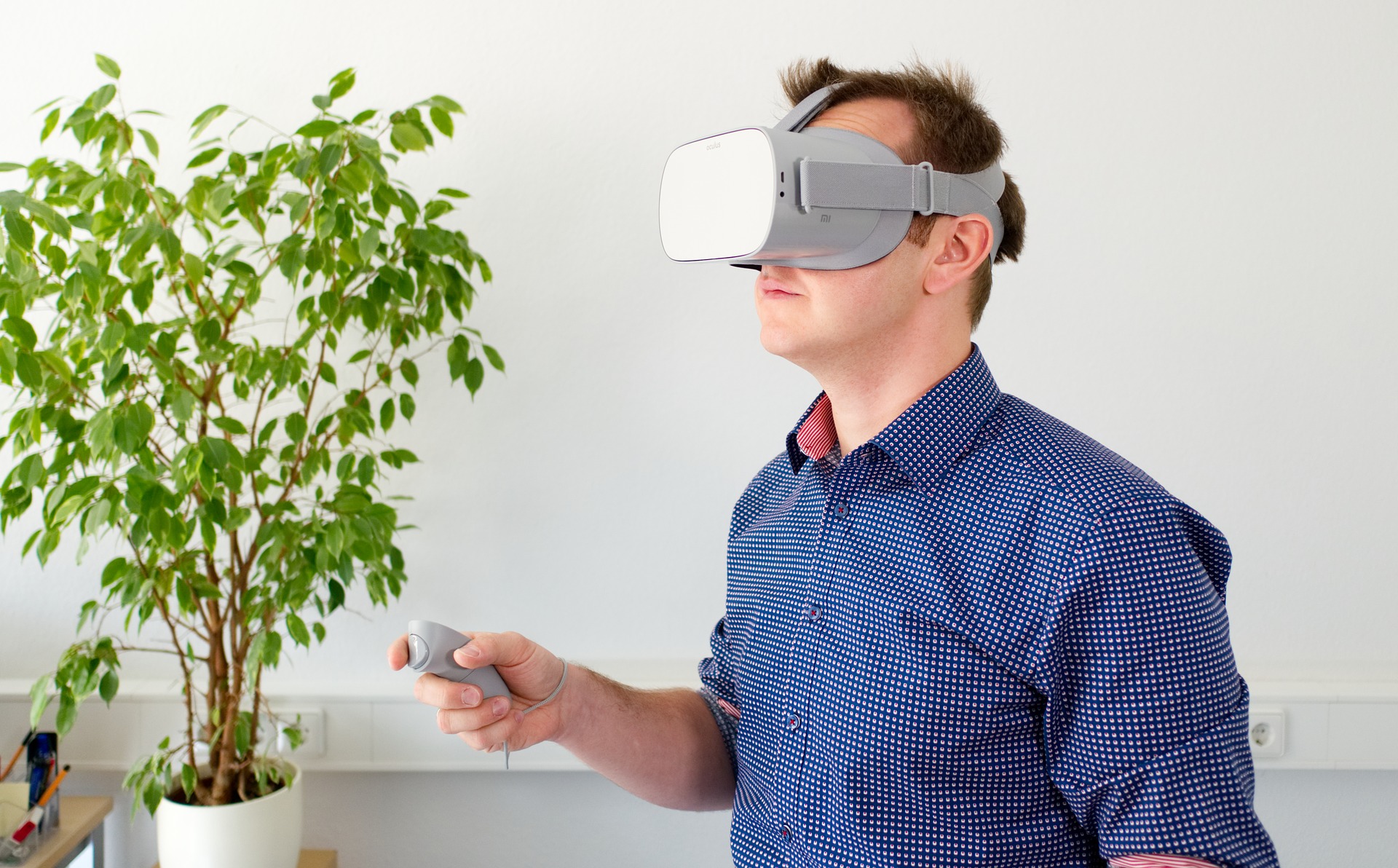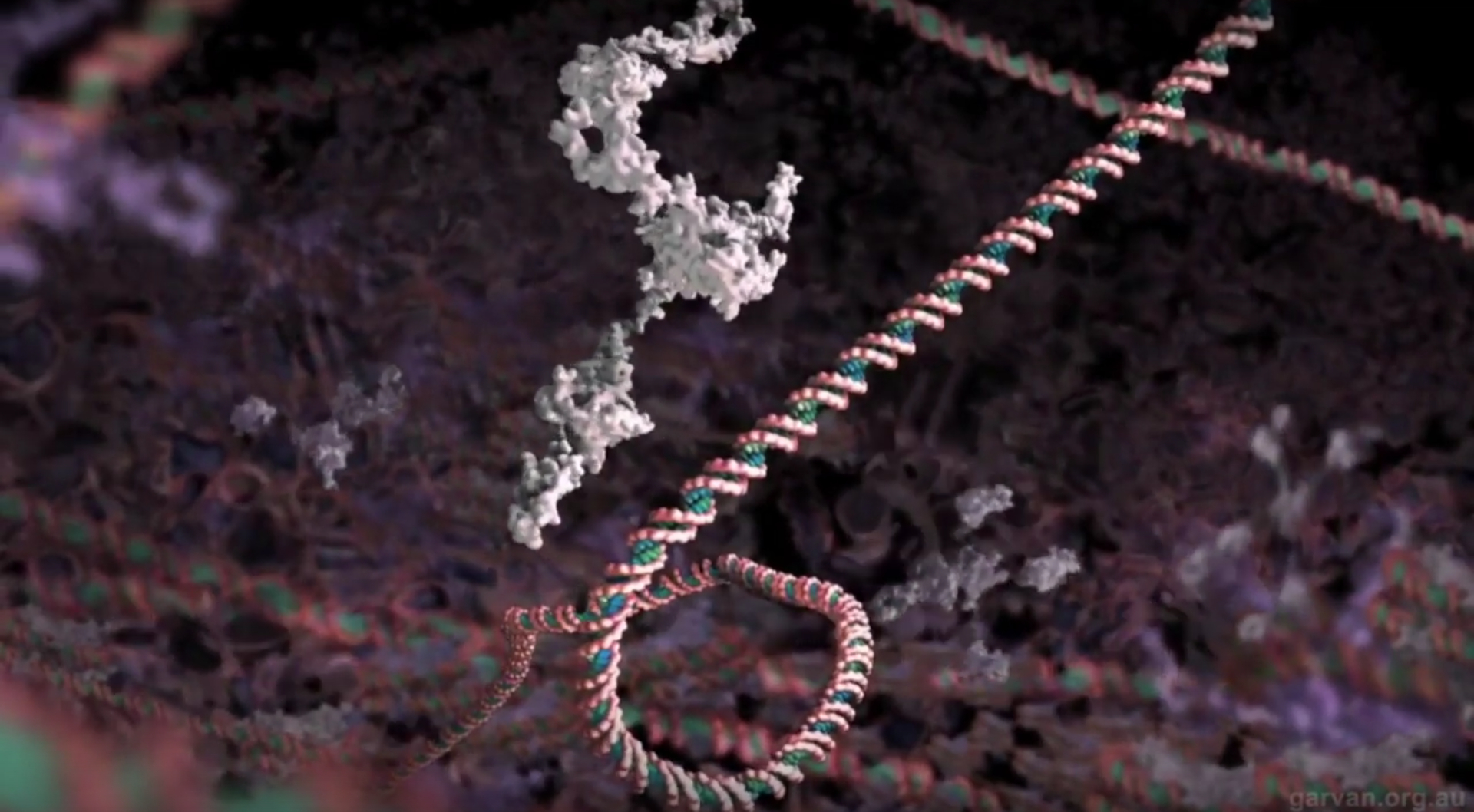
VR is not just for gaming, it could also be used to help solve huge medical challenges
Virtual and augmented reality technologies represent more than just new forms of entertainment. They’re being used to train surgeons, provide remote guidance for maintenance workers and engage the public with digital museum collections, just to name a few. Now, virtual reality (VR) will be used to enhance cancer research too.
We’re working with the Garvan Institute of Medical Research, the Children’s Cancer Institute and Start VR to aid cancer diagnostics and to create personalised health and treatment plans for young cancer patients. Using VR to create three dimensional models will help medical professionals to visually represent what is happening within cancerous tumours on a molecular level.
Genomic sequencing is revolutionising our understanding of cancer and how it can be treated. By examining a cancer’s genome (the information encoded in its DNA), researchers can get detailed insight into the molecular mechanisms that cause a particular cancer. This is allowing treatment to become more precise and personalised. While the processes involved are still very difficult, virtual reality can help.
It’s easier to fix what you can see
Cancer occurs as a result of mutations to our DNA. Fortunately, our cells contain proteins that protect us from harmful mutations. One of the best known is a protein called P53. When P53 binds to DNA, it can detect and repair damaging mutations. In fact, most cancers only occur when P53 itself becomes damaged and is unable to bind to DNA.

The P53 protein repairing damaging mutations in DNA. Credit: Dr Kate Patterson, Visual Science Communicator and VR/Molecular Animator at Garvan Institute of Medical Research.
Producing animations like these require months of effort, but they are useful tools to help researchers clarify their understanding of cancer mechanisms. This is especially important for understudied cancers such as those affecting young people.
Enhancing cancer research with VR
The work will draw on Aquaria (jointly developed at Garvan Institute and CSIRO), which provides an unprecedented wealth of detail on the three-dimensional structure of millions of proteins and allow these models to be assembled into dynamic scenes that can be interactively explored on a VR device or laptop.
The project’s goal is to change the way researchers see and think about the molecular processes underlying cancer and to improve how discoveries and treatment options are communicated to with peers clinicians and patients.
Less than six per cent of all cancer research funding is applied to youth cancer research, where vital breakthroughs can help improve cancer survival rates in young people between 16 – 25 years old who have the lowest rate of survival.
Professor O’Donoghue will be working with fellow chief investigators Professor David Thomas (Garvan Institute of Medical Research), Dr Matt Adcock (who leads the Data61 Immersive Environment Lab), as well as Dr Mark Cowley (Children’s Cancer Institute) and Start VR to deliver the project.
This project has been awarded a Sony Foundation Virtual Reality Cancer Research Grant. These grants assist research aimed at finding better treatments for youth cancer patients and ultimately contribute to helping find a cure.

